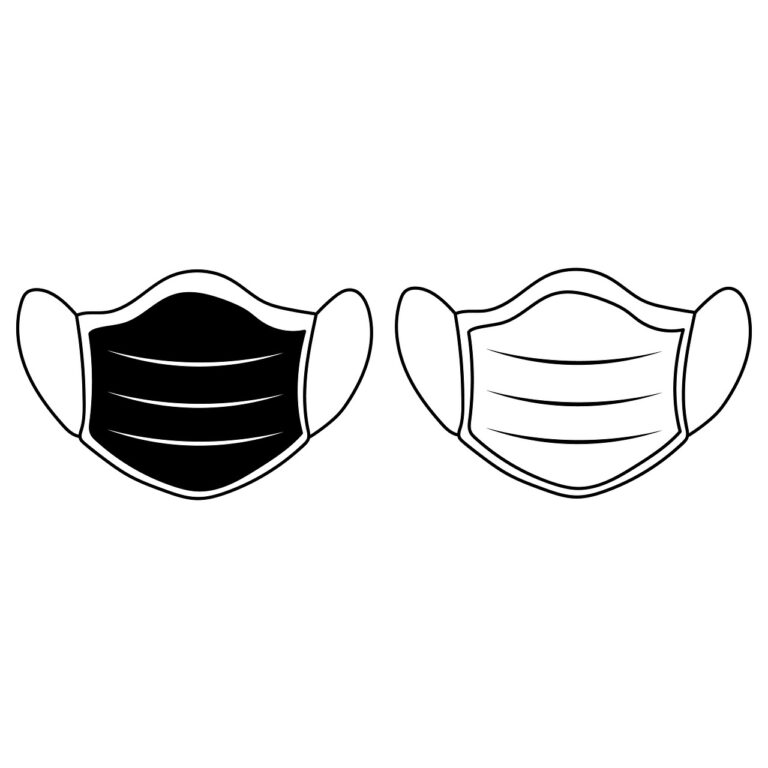The Potential of 3D Bioprinting in Kidney Tissue Engineering for Transplantation
One of the major challenges in kidney transplantation is the shortage of donor organs. The demand for kidney transplants far exceeds the availability of organs, leading to long waiting times for patients seeking a transplant. This imbalance in supply and demand creates significant hurdles in providing timely and effective treatment for individuals with end-stage renal disease.
Additionally, the risk of organ rejection poses a significant challenge in kidney transplantation. Even with advancements in immunosuppressive therapy, there is still a chance of the recipient’s immune system rejecting the transplanted organ. Managing and minimizing the risk of rejection while balancing the side effects of immunosuppressive medications remains a complex and ongoing challenge in kidney transplantation.
Current Limitations in Kidney Tissue Engineering
Kidney tissue engineering holds promise for addressing the growing demand for transplantable organs. However, researchers face significant limitations in this field, hindering the progress towards creating functional kidney tissues. One key challenge is the complexity of recreating the intricate structure and function of the kidney, which consists of multiple specialized cell types organized in a highly specific architecture. Current techniques struggle to accurately replicate this complexity, resulting in tissues that fall short in terms of functionality and integration within the body.
Another limitation in kidney tissue engineering is the lack of vascularization within the engineered tissues. Blood vessels play a crucial role in delivering oxygen and nutrients to cells and removing waste products, essential functions for the survival and proper functioning of kidney tissue. Without a vascular network, engineered kidney tissues struggle to maintain viability and functionality over time. Developing strategies to promote the formation of functional blood vessels within the engineered tissues is a pressing challenge that researchers are actively working to overcome.
Advancements in 3D Bioprinting Technology
3D bioprinting technology has seen remarkable advancements in recent years, revolutionizing the field of tissue engineering. One significant progress is the increased resolution and precision of bioprinters, allowing researchers to create complex tissue structures with unprecedented accuracy. This enhanced control over the printing process enables the fabrication of tissues that closely mimic the intricate architecture of native tissues, offering promising prospects for personalized organ transplants in the future.
Moreover, the development of bioinks with tailored properties has been a key area of focus in advancing 3D bioprinting technology. These bioinks serve as the building blocks for constructing functional tissues and organs, providing the necessary support and environment for cell growth and differentiation. By optimizing the composition and characteristics of bioinks, researchers are able to enhance cell viability, promote tissue maturation, and ultimately improve the overall functionality of bioprinted constructs. This progress paves the way for the realization of bioprinted tissues suitable for transplantation and regenerative medicine applications.
What are some challenges in kidney transplantation?
Some challenges in kidney transplantation include organ shortage, risk of rejection, and the need for lifelong immunosuppressive medications.
What are the current limitations in kidney tissue engineering?
Current limitations in kidney tissue engineering include difficulty in creating complex structures, lack of vascularization, and limited cell viability.
How has 3D bioprinting technology advanced in the field of kidney transplantation?
3D bioprinting technology has advanced in the field of kidney transplantation by enabling the creation of complex kidney structures, promoting vascularization, and improving cell viability for potential transplantation.







